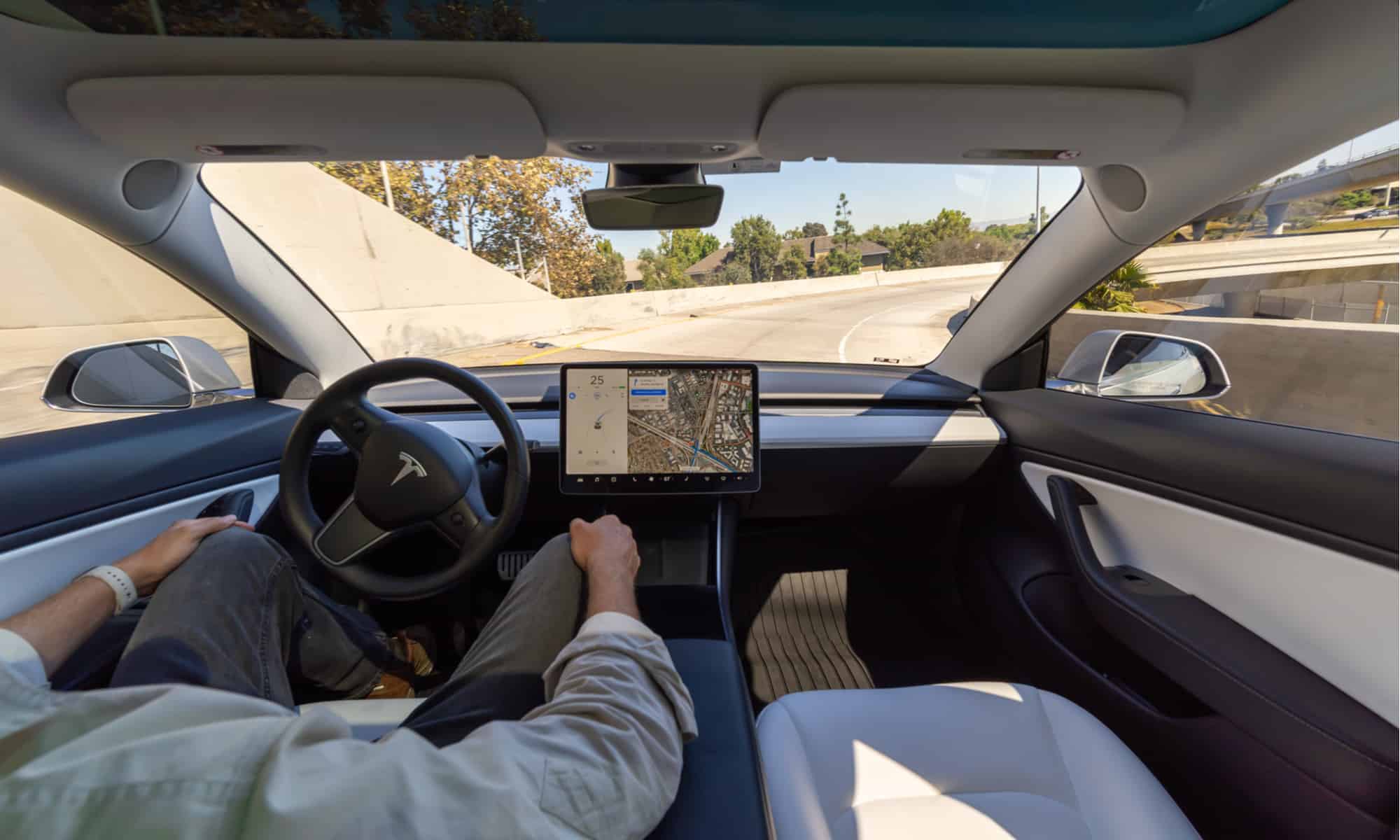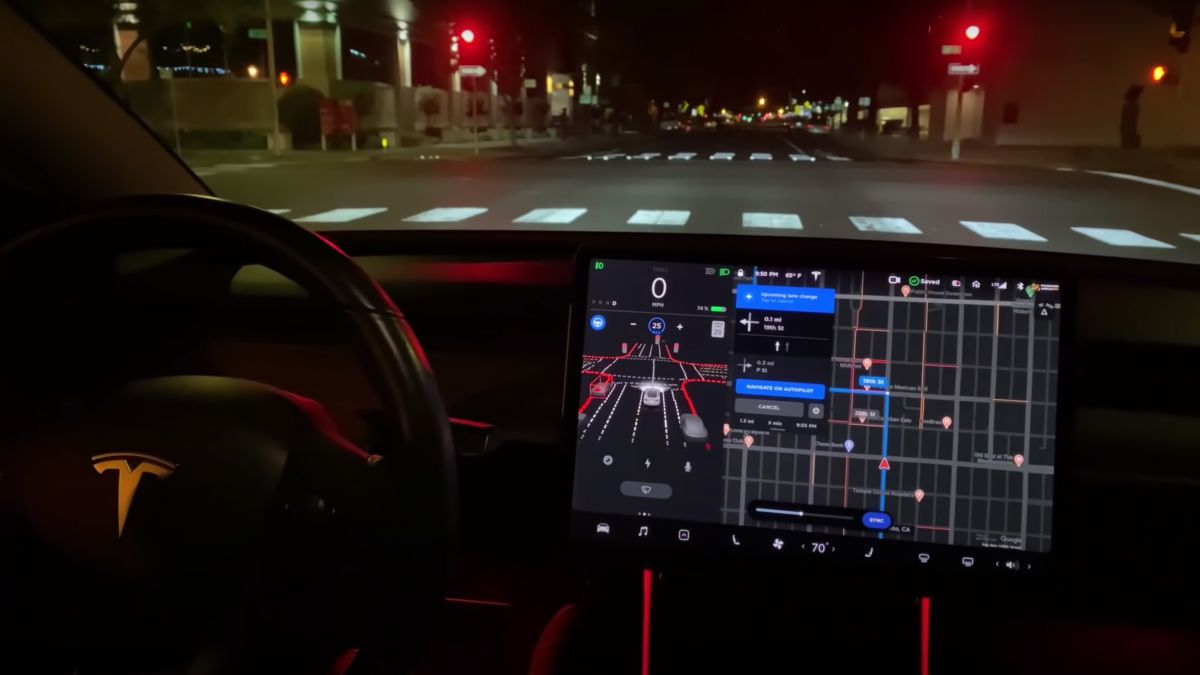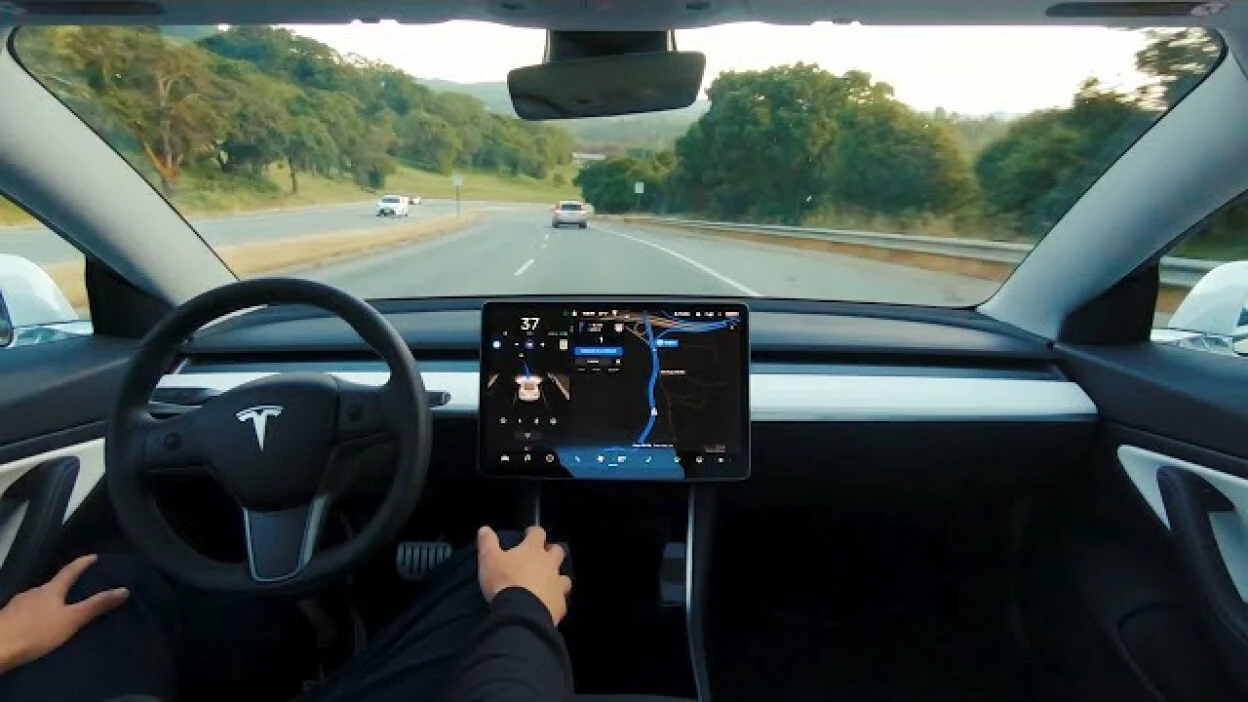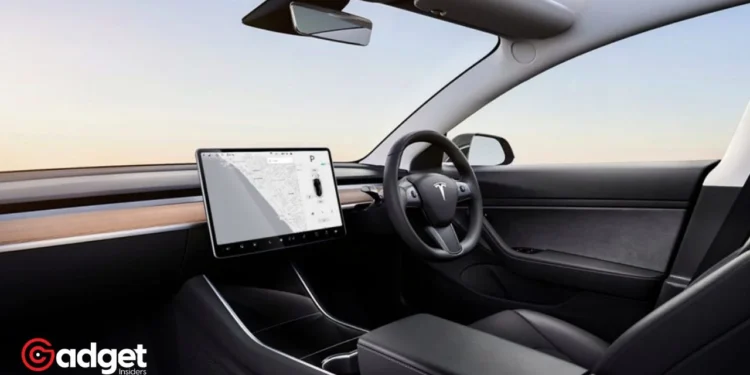In an era where technology promises more than it can deliver, the tragic demise of a Tesla employee and ardent Elon Musk admirer, Hans von Ohain, stands as a stark reminder of the gap between innovation’s promise and its reality. Von Ohain’s fatal accident in 2022, involving a Model 3 crashing into a tree and bursting into flames, has ignited a conversation that extends far beyond the incident itself, touching on the ethics of autonomous driving technology and the responsibilities of those who market it.

A Devoted Fan’s Undying Trust in Tesla’s Vision
Von Ohain wasn’t just any employee; he was a devoted follower of Elon Musk and Tesla’s ambitious vision for the future of transportation. His belief in the company’s Full Self-Driving (FSD) feature—a $15,000 optional add-on boasted to revolutionize driving—was profound. So much so, that at the time of the crash, this advanced driving system was engaged, marking what could be the first known death involving the controversial feature.
This incident has not only drawn attention from regulatory bodies but also the public and Tesla enthusiasts, sparking debates over the safety and reliability of autonomous driving technologies.

The Misleading Allure of Autonomy
Tesla’s FSD, an extension of its Autopilot system, is designed to navigate the complexities of both highway and urban driving, making critical decisions on behalf of the driver. Yet, despite its advanced capabilities, the EV giant has admitted that the technology is still in beta, emphasizing that drivers must remain vigilant and ready to intervene at any moment.
This admission, however, contrasts sharply with the bold claims made about FSD’s abilities, highlighting a concerning discrepancy between marketing and reality.
The National Highway Traffic Safety Administration’s ongoing investigation into Autopilot, coupled with a surge in fatal crashes linked to the system, underscores the inherent risks of relying too heavily on technology still in development.
Von Ohain’s accident, further complicated by his significantly elevated blood alcohol level, raises crucial ethical questions about the intersection of human error and technological fallibility.
Hans von Ohain, a Tesla employee, died in a crash in 2022 when his Model 3 suddenly veered off the road. The car’s driver-assistance software struggled to navigate the mountain curves. Hours later, the Tesla barreled into a tree and exploded in flames. https://t.co/Bnh8FcxBTm pic.twitter.com/aB3mQDpP2o
— The Washington Post (@washingtonpost) February 14, 2024
A Widow’s Warnings and the Ethical Quandary
Nora Bass, von Ohain’s widow, has voiced her apprehensions about FSD’s unpredictability and the false sense of security it provided her husband. Her criticisms echo a broader concern over the company’s marketing strategies, which may lead drivers to overestimate the capabilities of their vehicles’ autonomous features.
The alarming instances of Teslas equipped with FSD making dangerous maneuvers or failing to recognize traffic signals amplify these concerns, suggesting that the technology’s current state is far from the fully autonomous future Musk envisions.
Tesla’s Autonomous Ambitions: A Road Paved with Controversy
Elon Musk’s assertion that FSD is crucial to the company’s valuation is telling of the immense pressure to advance the technology. Yet, despite repeated promises of achieving Level 5 autonomy—where a vehicle operates without human intervention—the reality remains starkly different. Tesla’s FSD has yet to progress beyond Level 2 autonomy, where constant driver supervision is necessary, casting doubt on the feasibility of Musk’s timelines.

Navigating the Future of Autonomous Driving
The tragic story of Hans von Ohain serves as a cautionary tale about the dangers of blind faith in technology and the ethical responsibilities of those who create and market it. As Tesla continues to develop its FSD feature, the debate over the safety, reliability, and ethics of autonomous driving technologies is sure to intensify.
The path to a fully autonomous future is fraught with challenges and controversies, but one thing is clear: the journey must be navigated with caution, transparency, and an unwavering commitment to safety above all.










